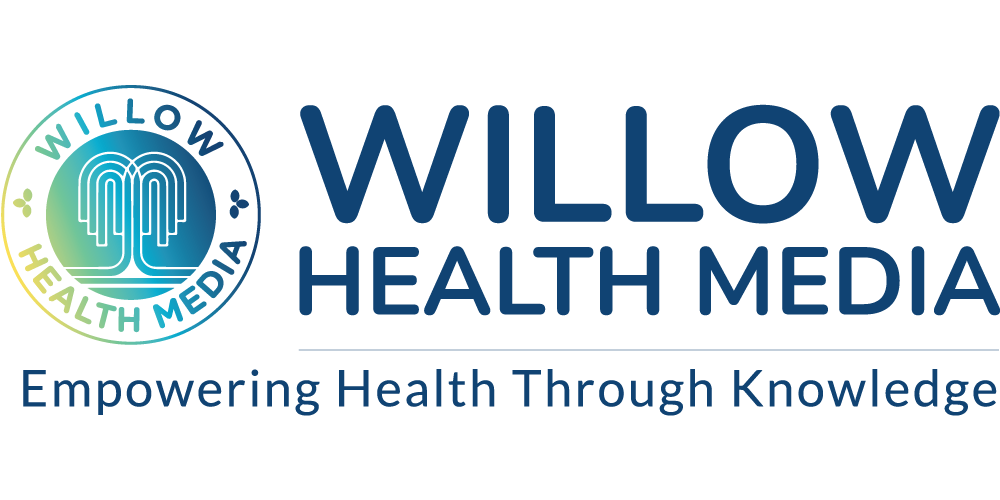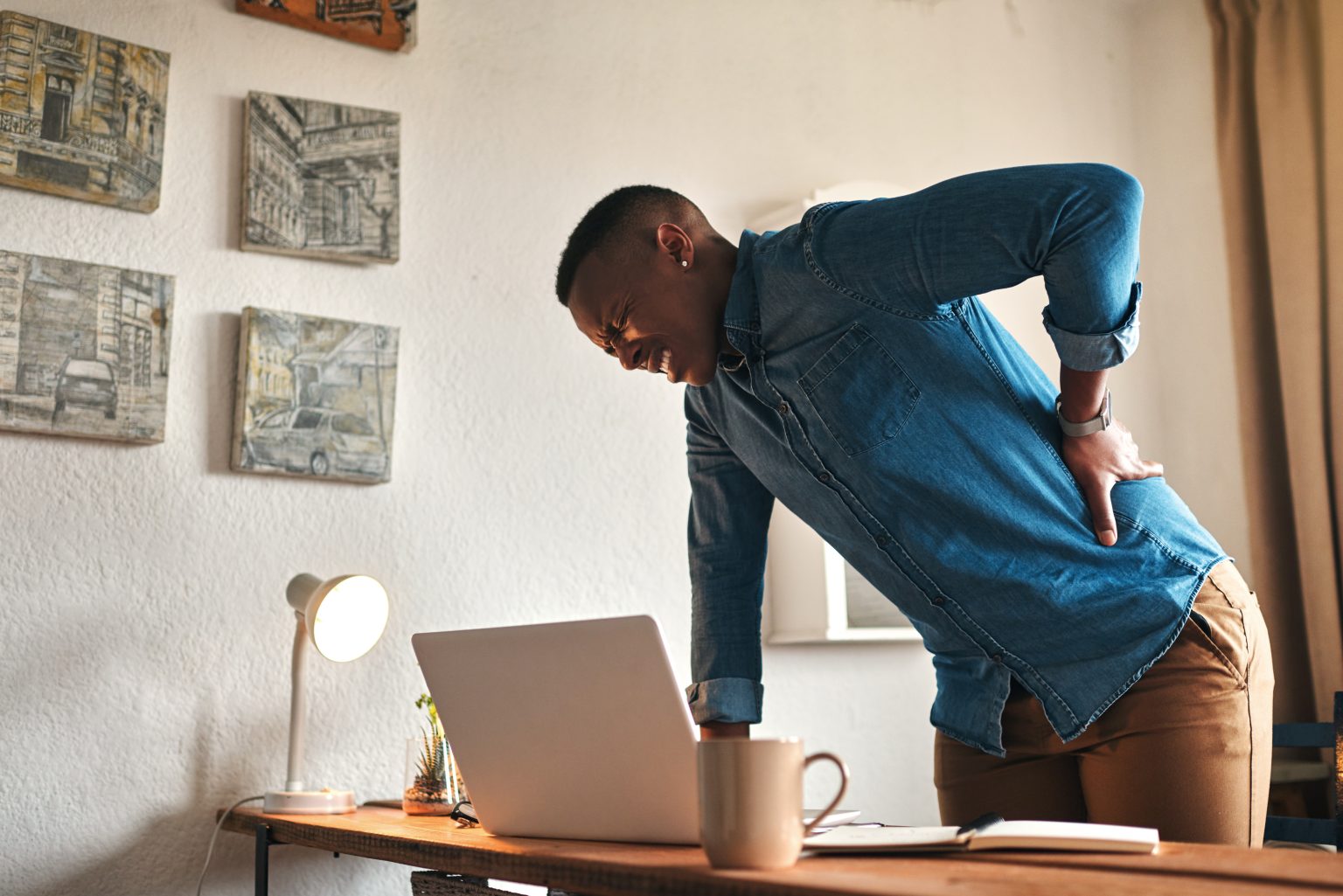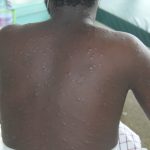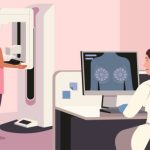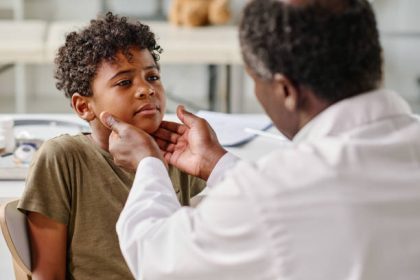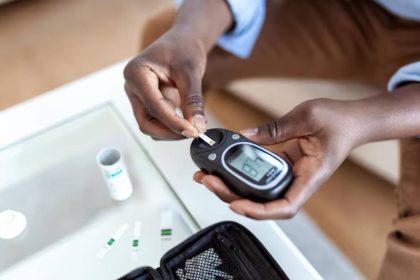In coastal regions, dietary habits including high-fat, low-fibre meals are driving gallstone prevalence, especially among women over 40.
At first, she thought it was just acidity. A sharp, burning sensation in her upper abdomen that flared up after meals, sometimes after skipping lunch. When antacids didn’t help, she blamed ulcers. Then, during one night shift, the pain spread to her back and shoulder, gripping her like a spasm and knocking the breath out of her lungs.
At the emergency room, she was told it might be food poisoning. Or early labour, even though she wasn’t pregnant.
It took six months, five wrong prescriptions and a single ultrasound to uncover the real cause: a cluster of gallstones inside her gallbladder.
Her story is far from rare. Across Kenya, an increasing number of people are battling the invisible agony of gallstones and kidney stones, conditions that are often dismissed, misdiagnosed or mistaken for ulcers, back strain or urinary infections.
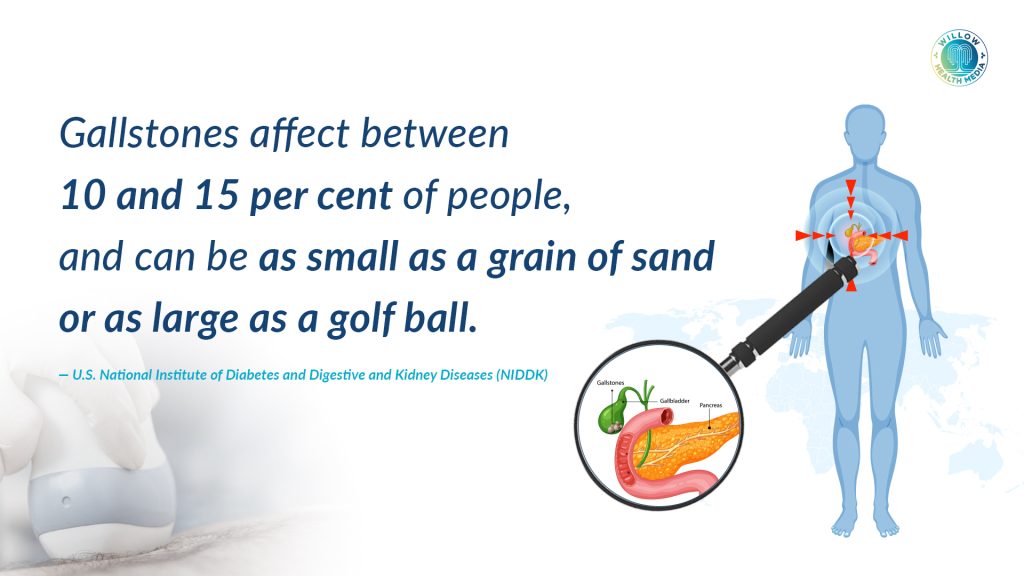
By the time many patients reach hospitals, the pain has become unbearable, and complications have already set in.
These stones may be tiny, but their impact is immense.
Silent in their formation and sudden in their strike, they are a growing threat, particularly in urban centres where diets are changing and water intake is low. And yet, with the right knowledge and early imaging, most cases are preventable and treatable.
Gallstones can be as small as a grain of sand or as large as a golf ball
Gallstones and kidney stones may sound similar, but they affect different organs, causing different symptoms and are triggered by different risk factors. What they share in common is their ability to mimic other illnesses, delay diagnosis and cause severe pain if left untreated.
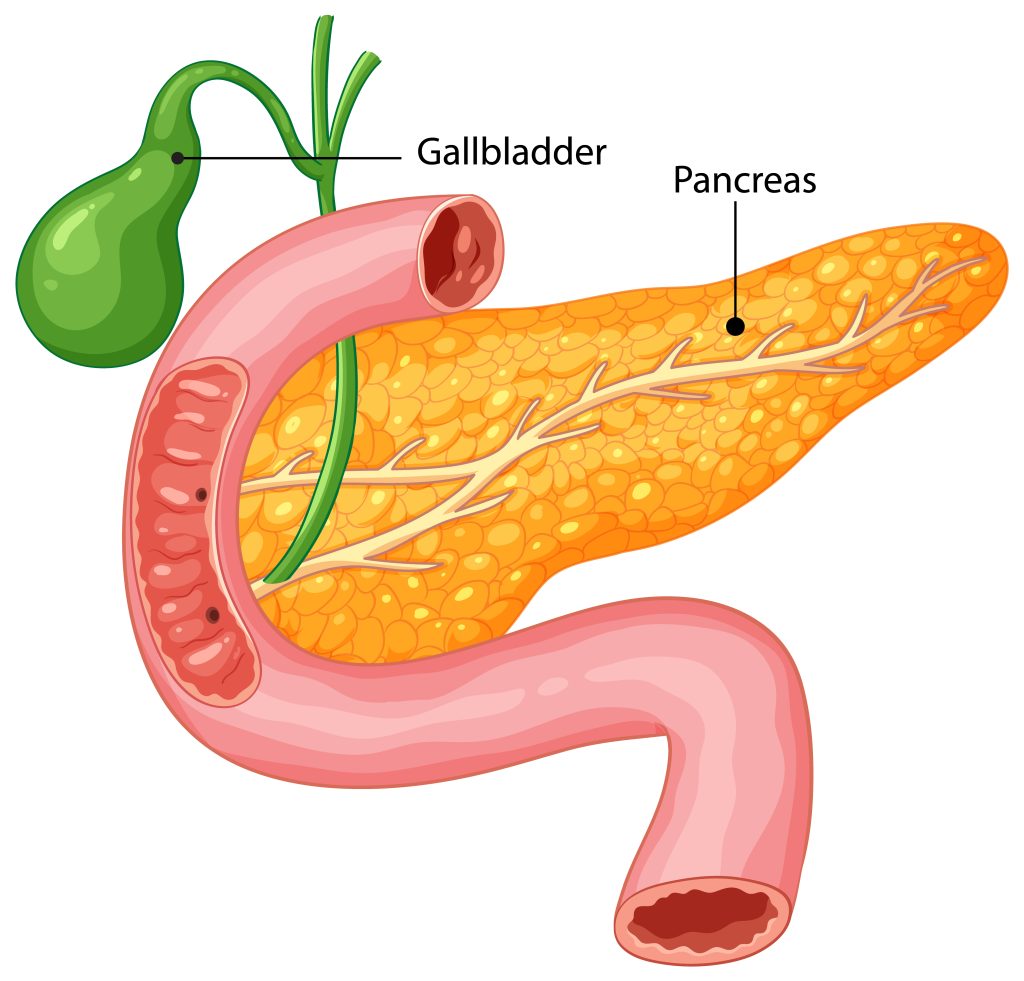
Gallstones are hardened deposits of bile, often made of cholesterol, that form in the gallbladder, a small organ beneath the liver that helps digest fats. They can be as small as a grain of sand or as large as a golf ball, and many people live with them for years.
When symptoms occur, they include sharp upper right abdominal pain, especially after eating fatty meals, pain radiating to the back or right shoulder, nausea, vomiting, bloating, and episodes known as “gallbladder attacks” that come suddenly and last hours.
Gallstones are more common in women, especially during or after pregnancy, or those on high-fat diets.
Kidney stones, on the other hand, are solid crystals that form in the kidneys when minerals in urine, like calcium, oxalate, or uric acid, become too concentrated. These stones can travel down the urinary tract, causing excruciating pain and potential blockage.
Common symptoms include severe back or flank pain, often radiating to the lower abdomen, painful or burning urination, blood in the urine, frequent urge to urinate or urine that smells foul. Men, aged 30–50, are slightly more likely to develop kidney stones.
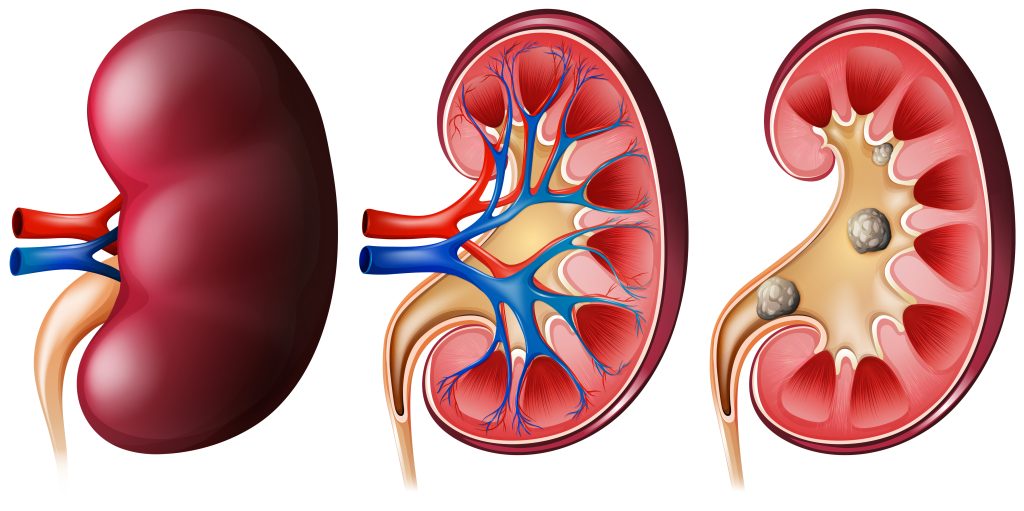
One in every seven patients with abdominal pain had undiagnosed gallstones
While these conditions are often mistaken for ulcers, appendicitis, or reproductive pain, gallstones and kidney stones are not cancers. They’re non-cancerous, but can cause serious problems if ignored, including organ infections, kidney damage, gallbladder rupture, and sepsis.
Yet with early diagnosis through imaging, both are highly treatable and, in many cases, preventable.
Though often overlooked in public health discussions, gallstones and kidney stones are becoming a growing problem in outpatient clinics and emergency rooms in urban counties like Nairobi, Mombasa, and Kisumu.
Data from Kenyatta National Hospital (KNH) and Nairobi West Hospital show kidney stone cases increased by over 35 per cent between 2020 and 2024, with the highest numbers among men aged 30–50.
A 2023 internal audit at Moi Teaching and Referral Hospital (MTRH) showed that one in every seven patients coming in with belly pain had undiagnosed gallstones.
In coastal regions, eating habits including high-fat, low-fibre meals are driving up gallstone rates, especially among women over 40.
A study presented at the Kenya Association of Urological Surgeons (KAUS) conference in 2022 noted that 40 per cent of men with flank pain in private hospitals had kidney stones.
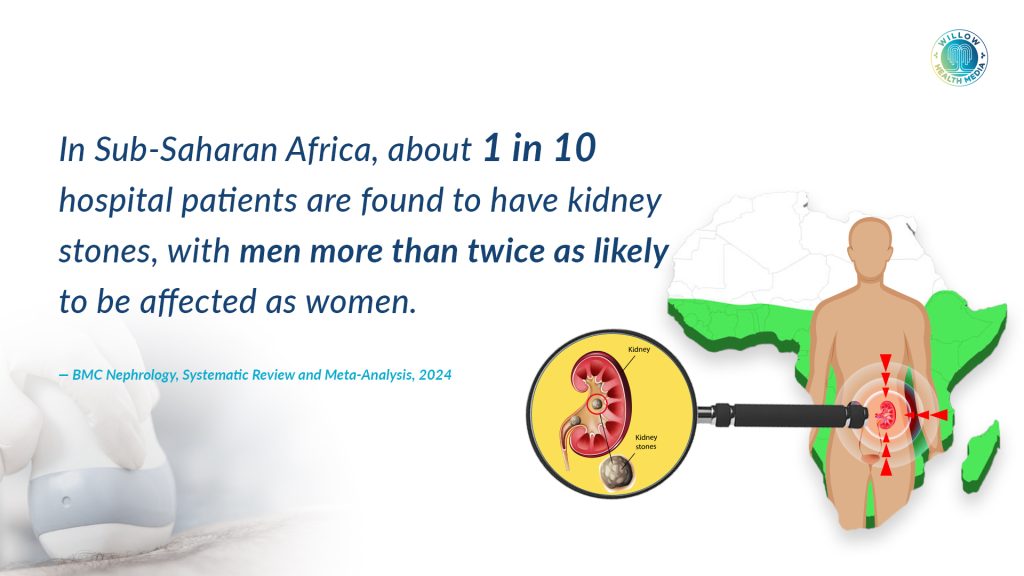
Conditions that cause stones are deeply rooted in diet, hormones, genetics and lifestyle
The World Health Organization (WHO) estimates that 10–15 per cent of people worldwide will get kidney stones in their lifetime. The National Institutes of Health (NIH) reports that gallstones affect up to 20 per cent of adults globally, with higher rates in women.
In South Asia and sub-Saharan Africa, kidney stones are becoming more common due to climate-related dehydration, poor drinking habits, and eating more salt.
A 2021 study in The Lancet Global Health predicted that by 2030, stone-related problems will be a top-10 cause of urology hospital admissions in low- and middle-income countries.
Though gallstones and kidney stones strike in silence, their formation often begins with everyday habits: what we eat, drink and how we live. These stones may be small, but what causes them is deeply rooted in diet, hormones, genetics and lifestyle.
Kidney stones form when minerals in urine turn into crystals, often due to high amounts of substances like calcium, oxalate, or uric acid. These crystals can stick together and form stones, especially when the urine is too concentrated.
Key risk factors include chronic dehydration, high-protein and high-salt diets, low urine volume, and genetic predisposition.
Gallstones develop when bile becomes unbalanced, with either too much cholesterol or not enough bile salts, leading to solid deposits forming in the gallbladder.
Common causes include obesity, high-fat and low-fibre diets, pregnancy and hormonal changes, birth control pills and hormone replacement therapy, and rapid weight loss using methods such as crash dieting or after weight-loss surgery.
Prevention includes hydration, reducing red meat and processed food intake
In Kenyan women, especially those with multiple pregnancies or long-term hormonal contraception use, gallstones often show up on ultrasound when doctors investigate “ulcer-like” upper belly pain.
Once found, both gallstones and kidney stones have treatment options ranging from simple hydration to high-tech procedures. The good news? Most cases are treatable, especially when caught early.
For small kidney stones under 5mm, doctors often suggest watchful waiting: drinking at least two to three litres of water daily to flush the stone out, managing pain, changing diet, and regular scans to track stone movement. Some stones pass naturally within days to weeks. Patients should urinate through a strainer to catch the stone for testing.

Gallstones typically don’t pass on their own. If symptoms are mild and rare, diet changes may help: low-fat meals, smaller portions, and avoiding heavy oils.
But for symptomatic or complicated cases (like cholecystitis or bile duct blockage), the standard treatment is laparoscopic cholecystectomy – surgical removal of the gallbladder. It’s minimally invasive with a one-to-two-day hospital stay and full recovery in one to two weeks.
Removing the gallbladder doesn’t significantly affect digestion, though some patients may need to temporarily adjust fat intake.
After treatment, 50 per cent of kidney stone patients develop another within five years
For larger kidney stones (over 6–7mm) or those causing blockage, bleeding, or recurring infections, more invasive treatments include extracorporeal shock wave lithotripsy (ESWL) that uses sound waves to break stones into smaller pieces, ureteroscopy where a thin tube goes into the ureter to remove or break up stones, and percutaneous nephrolithotomy (PCNL) – surgical removal of large stones through a small back incision.
After treatment, 50 per cent of kidney stone patients will develop another within five years. Gallstones can return if only symptoms are managed without surgery.
Prevention includes staying hydrated, eating less red meat and processed food, maintaining a healthy weight, and annual check-ups for at-risk groups (especially diabetics, hypertensive or obese patients).
They start small, often no bigger than a grain of salt, but their impact can be seismic. Gallstones and kidney stones don’t knock loudly at first. They whisper. A cramp here. A burning there. A tightening under the ribs that fades before you worry. Until one day, you can’t stand up straight.
But you don’t have to wait for that moment. These stones aren’t mysterious curses or lifetime sentences. They’re your body’s way of saying your water intake and your diet need attention. And the earlier you listen, the better.
So if your back hurts for no reason, if meals leave you doubled over, if your urine burns or blood appears without warning, don’t guess. Get scanned. Get answers. Get ahead of the pain.
Anthony Kathendu is a Diagnostic Radiographer and Contributing Writer on health and medical issues.
